In Pictures: Artifacts of Black Heritage in Rhode Island
- News & Events
- News
- In Pictures: Artifacts of Black Heritage in Rhode Island
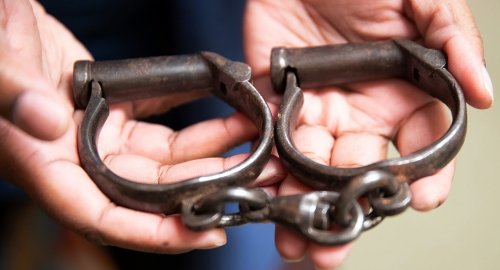
Shackles designed for a child slave is among the many artifacts in the R.I. Black Heritage Society collection at Rhode Island College.
Primary source material from the R.I. Black Heritage Society (RIBHS) collection at RIC offers students a first-hand look at what life was like for people of African heritage in Rhode Island.
This Spring Semester, RIC Assistant Professor Sherri Cummings, who is both historian and director of community engagement for the RIBHS, is teaching a new independent study course titled AFRI 350-1: Black Experience in Rhode Island as a way to introduce students to the archives and to teach about Rhode Island Black history. She also offered a tour through the collection.
In one of four rooms filled with artifacts, Cummings stopped to lift a pair of slave shackles from a shelf. It was chilling to think that this iron was once locked around the ankles of a small child.
Cummings understood the sick feeling it invoked. “Historians who work on topics of slavery always talk about the violence of the archives,” she said. “Every time we go into the archives, we’re reliving that violence because we’re literally taking in one horrific story after another. However, as a historian, it’s also important for me to show that people of African heritage were not only victims.”

“It has always been through the White lens that we’ve looked at the history of Black people in the United States, and we were often portrayed in rags,” she said. “But these are the actual garments that Black women in Newport and Providence wore at the turn of the century. Women were generally seamstresses, laundresses and hairdressers. They were productive people who worked for their communities. They had dreams, hopes and their own realities, and it’s embedded in their culture.”
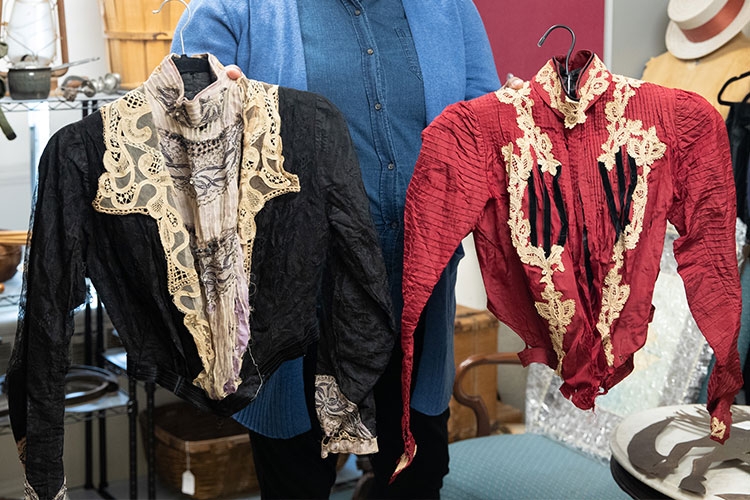
“As a historian, I’m interested in the everyday lives of Black people – what did they do, what did they eat, what did they buy, what did they sell, what everyday objects did they use?”
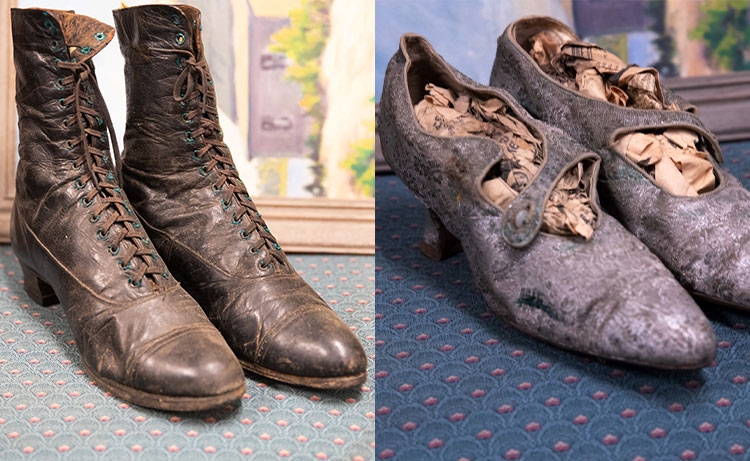
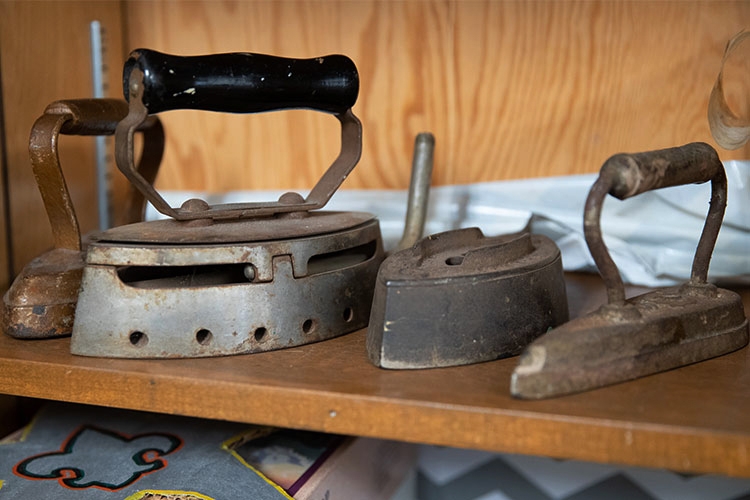
Cummings then held up an 1895 edition of The Freeman – the first illustrated Black newspaper in the United States (1884-1926) with the largest circulation of any Black newspaper. Staffed solely by Black artists and writers, The Freeman allowed Black people to tell their own stories and own their own images, replacing the White perception of Blackness.

Other artifacts in the collection include newspapers, magazines, 8mm film, slides and the legal papers of a prominent Black civil rights attorney who worked with Thurgood Marshall to provide the legal defense for the Black Boiler Makers Union who were experiencing racial injustices.
When Cummings is asked for her response when critics today say they don’t want this history in the classroom, she replies, “They don’t want it in the classroom because they don’t want to hurt the feelings of White children. But if African Americans are only portrayed as slaves who haven’t contributed anything to society, it hurts more than their feelings; it diminishes a Black child’s self-worth.”
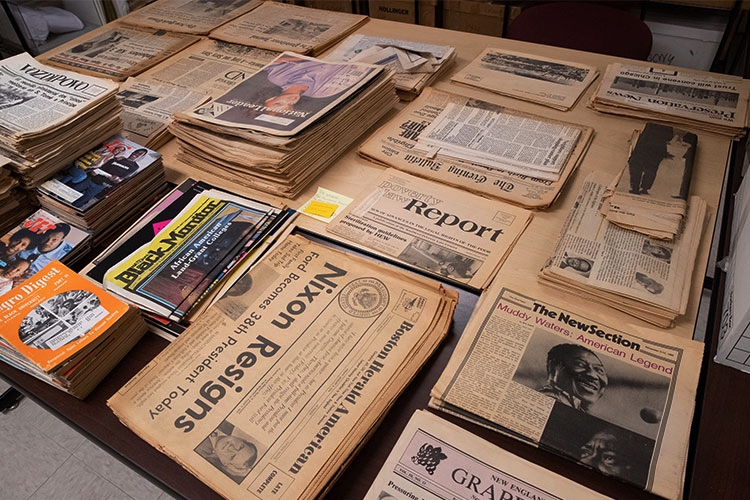
Cummings entered more rooms filled with boxes and items waiting to be categorized, inventoried and digitized.
“I started out doing the inventorying and categorizing myself,” Cummings said, “but we’re now working on hiring an archivist. We also want to get grad students who are interested in public history and museum studies in here so they can have the opportunity to work on the archives when they’re raw.”
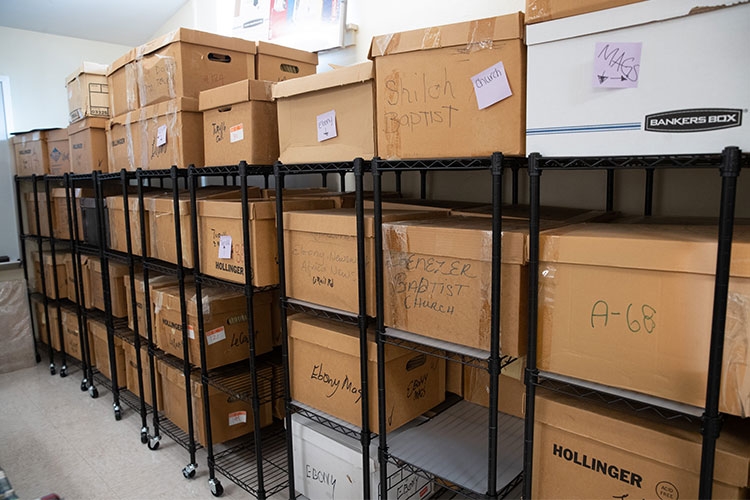
“The goal is for the Rhode Island community to come in and see what is here,” she said. “There are people in Rhode Island who have probably never seen Black Newport or who do not know the legacy of Native American and African American history in Southern Rhode Island.”
Along with her new independent study course Black Experience in Rhode Island, this Spring Cummings is also teaching AFRI 200: Introduction to Africana Studies and HIST 101-02: Multiple Voices – Africa in the World, which focuses on Africana intellectual history.
Learn more about RIC’s Department of History and Africana Studies Program.
